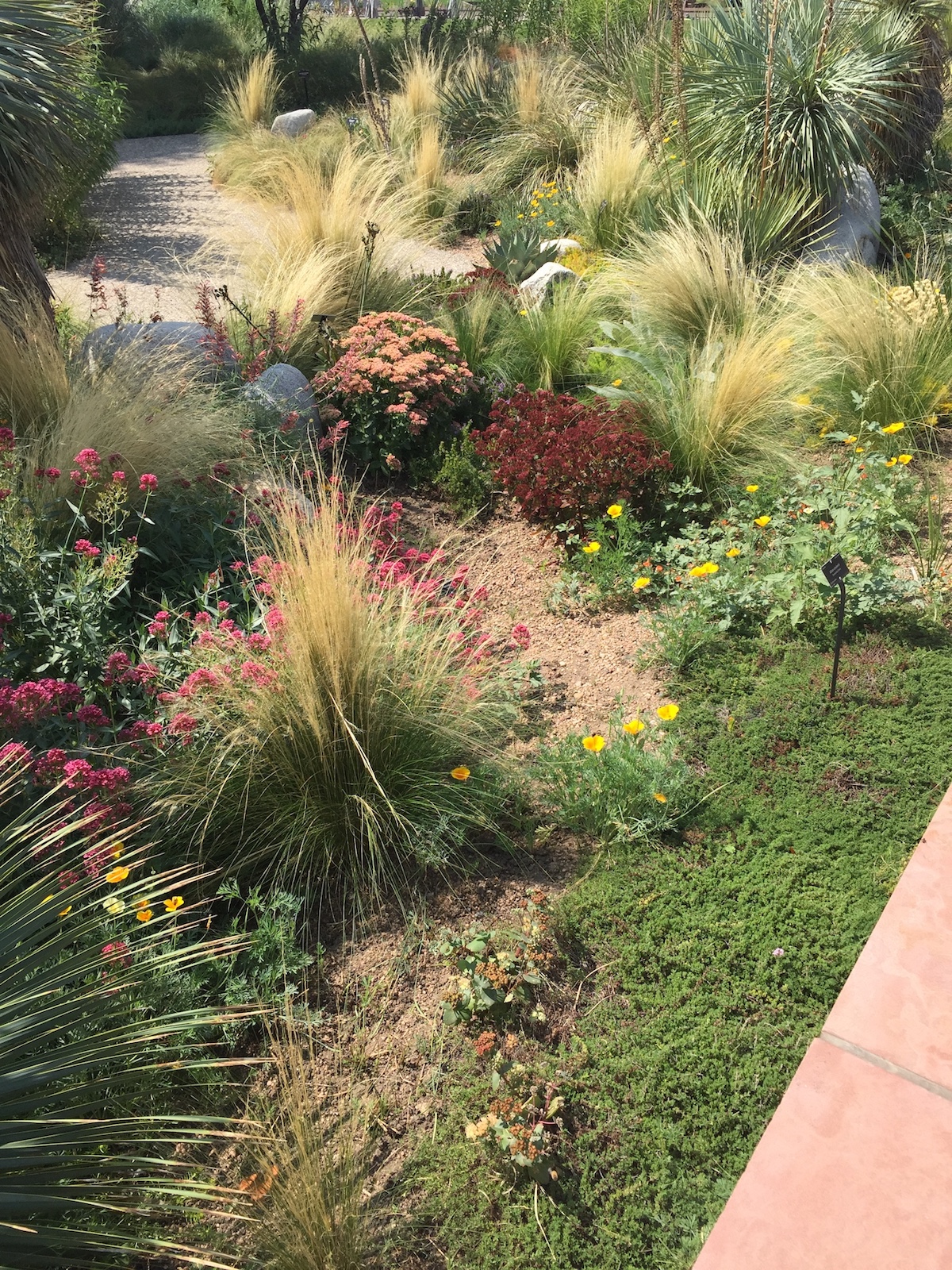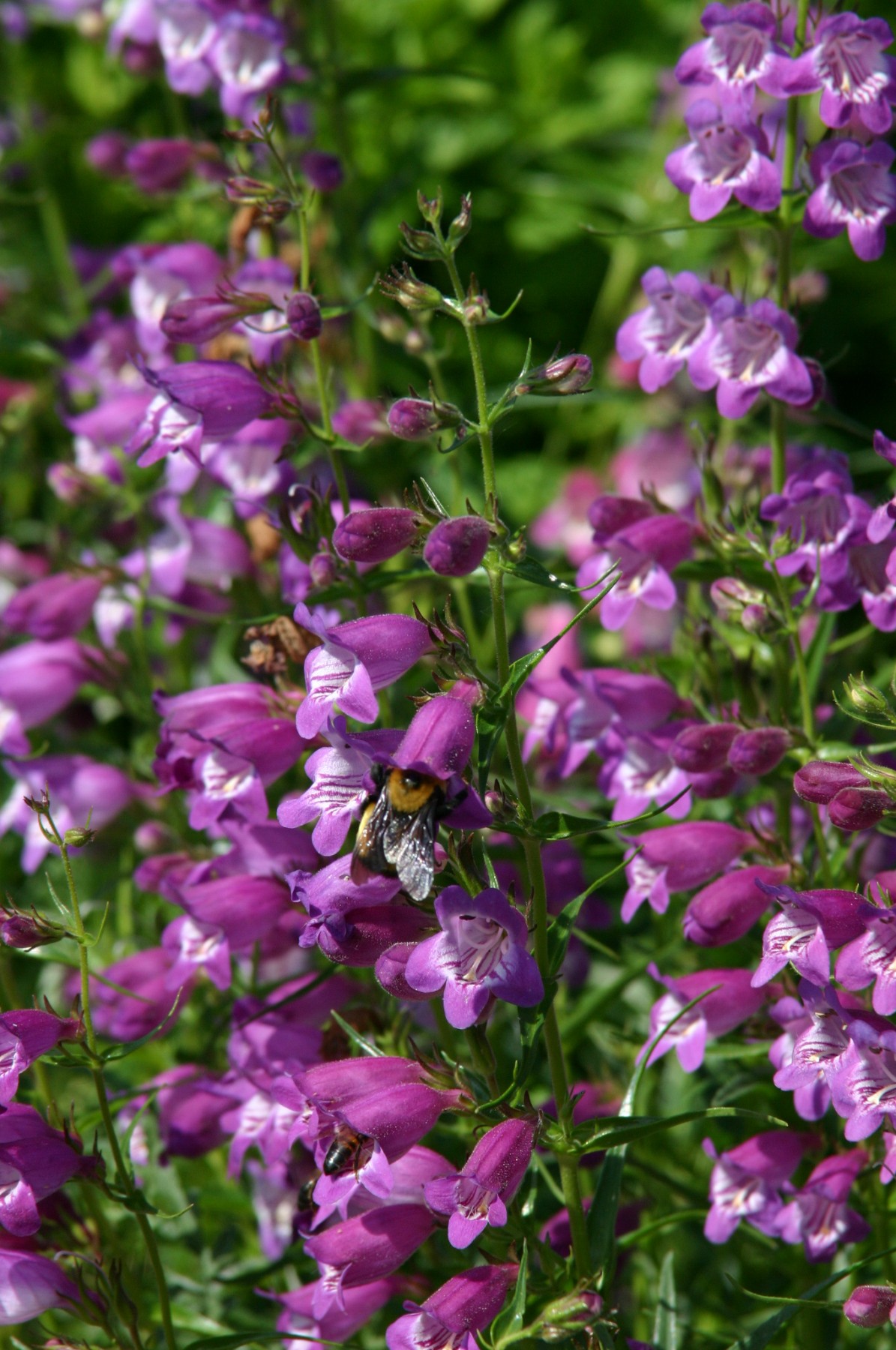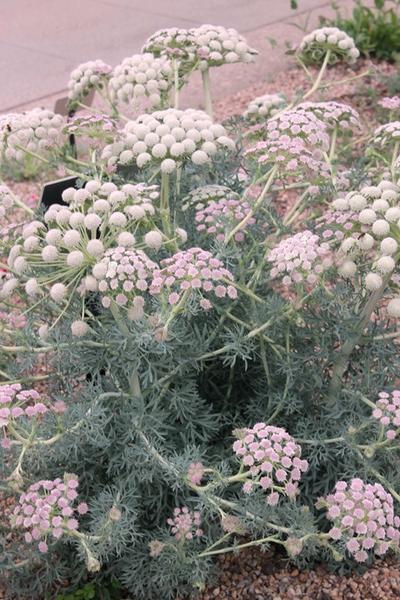Gardening in the intermountain west and high plains is not for faint hearted; even with a greenhouse to coddle plants along, the climate conditions here are tough so plants need to be strong.
When temperatures can drop from 85 degrees during a summer day and plummet to 50 – or less – at night, that’s an extreme condition. When it pours with rain every afternoon for nearly two weeks, followed by a month of solid blue skies with a constant sideways wind, that’s a demanding climate. Luckily, Plant Select is there to smooth the way to a beautiful garden; they are the country’s leading source of plants designed to thrive in the varied regions embraced by the Rocky Mountains. Good garden retailers will stock Plant Select plants, so do look for their distinctive label.
A collaborative between Colorado State University, Denver Botanic Gardens and horticulturists and plant collectors around the globe, the Plant Select roster of perennials, shrubs and trees have been selected because they are water-thrifty, climate resilient and generally have a friendlier environmental footprint.

Relying a network of landscape professionals, nursery growers, and plant retailers, to join the Plant Select list a plant must survive a rigorous selection process: it must perform well in a wide range of conditions, be non-invasive, unique among its kind, and resilient to pests and diseases. Beauty is of course among the criteria, and the plant must have enduring charms and similarly be long-lived.
The program recently celebrated its 20th Anniversary at Denver Botanic Garden with a conference and tour of the gardens there that emphasized what keynote speaker, Kelly Norris, Director of the Des Moines Botanical Garden, had to say. He recommended that in planting our gardens, we should borrow or translate from nature to make sustainable environments, rather than become tied to a style or look — as in the increasingly popular “Dutch Wave” meadows popping up all over the USA in a rash of ornamental grasses, salvias and coneflowers. Pretty as they are, and highly photogenic, they are becoming ubiquitous, altho many have little to say beyond the big picture, and some are not necessarily suited to their site, thus testing the endurance and longevity of the scheme.

In 2017, Plant Select had an emphasis on penstemons (as I know, having acquired every variety I could lay my hands on), because they are perfect fodder for nectar-sipping fauna. From crimson red (‘Coral Baby’) to rich purple (‘Pikes Peak Purple’) and tints in-between, penstemon are garden stalwarts and great blenders among grasses, like the 2017 introduction, Sorghastrum nutans ‘Thin Man.’

For 2018, Plant Select has some lovely plants up its sleeve, but not all are new. Says Director, Ross Shrigley, “These re-introductions are included because they absolutely deserve to be more popular, and, well…I really do love them!” What seems to be their main attraction is unique form, like that of Seseli gummifera, commonly known as moon carrot. It has a lovely frothy look to it, with umbels of white flowers similar to Queen Anne’s lace, silvery blue-grey foliage and a more constrained habit; “I like it for foliage and,” say Ross,”the huge and diverse collection of insects that enjoy the flowers.”

Carpeting plants are useful groundcovers (step away from the bark mulch blankets, people!), and in the Rockies we love our ice plants, Delosperma ssp. and var. that are wildly popular for their long-lasting show of splashy firework flower colors. Spotlit in 2018 will be shocking raspberry-pink ‘Granita’. It and moon carrot are re-introductions, and should be more widely used. And if you feel beset by ennui at the sight of yet another stand of ‘Karl Forster’ feather reed grass, look out for Calamagrostis brachytricha, Korean feather reed grass to ring the changes.

As you overwinter in front of the plant catalogues, spare a moment to check out the Plant Select site and order up a copy of Pretty Tough Plants: 135 Resilient, Water-Smart Choices for a Beautiful Garden. Compiled by the experts at Plant Select. You are in for a treat.
©Ethne Clarke, 2017


